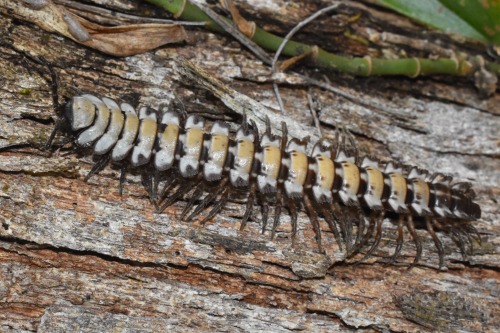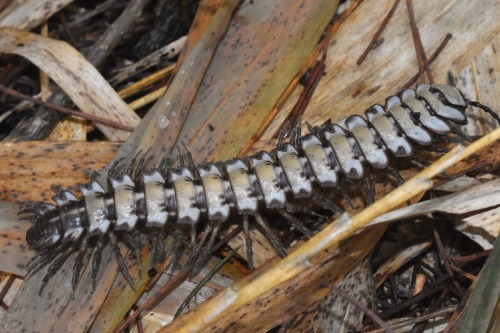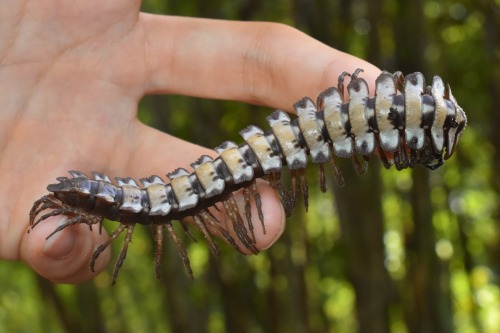This Was Another Fun Week :) I've Always Seen It Depicted Blowing Fire From It's Behind (like The Picture
This was another fun week :) I've always seen it depicted blowing fire from it's behind (like the picture from the Aberdeen Bestiary, but sometimes a bit more scatalogical, but the description implies more that it the noxious gasses from its belly creeping along the ground and slowly setting things alight... (I very much appreciate that second bestiary picture - noone looks happy!)
Bestiaryposting Results: Bawigrat
This one is kind of odd in general, but also notable in that it's a mythical creature that has not, to my knowledge, made its way into modern pop culture, but is kind of on one of the upper levels of the metaphorical iceberg for people interested in Medieval Bestiary Trivia just because of its... rather memorable ability. So let's get into it.
If you don't know what this is about, you can check out https://maniculum.tumblr.com/bestiaryposting for an explanation and previous installments.
The art you are about to see is all based on this entry here:
And if you want to get in on this, the current entry up for interpretation is here:
(bit of a long one there)
And without further ado, art for this week is below the cut:

@silverhart-makes-art (link to post here) has given us a sort of bovine with recognizably skunk-like features. They note that they focused on giving it an appropriate pose (more details in the linked post), which I think they pulled off well -- I would absolutely believe that this creature is about to fire dung at the viewer.

@sweetlyfez (link to post here) has a shaggier bovid here, with a notably calm expression. The peace of mind that comes from knowing you have a terrifying defense mechanism? Also we see that the emphasis here is on the fiery nature of their dung-based defense, as shown by the flames at the back there. (And thank you for including alt text.)

@coolest-capybara (link to post here) has done a bit of malicious compliance here. Yes, it has the head and size of a bull, the maned neck of a horse, sure, but otherwise this is clearly a giant bombardier beetle. You know what, that's fair. I like it. I also appreciate that it is, to quote Coolest-Capybara, "seen here incinerating some Stylized Plants." (And thank you for including alt text.)

@pomrania (link to post here) has a bull/horse hybrid thing for us, but notes particularly the distended belly, saying that they figure that whatever kind of internal chemistry is going on here might have externally-visible effects. They also question the "acres" thing, as it seems to imply "a creature which can basically do sniper-range attacks with its poop".
I am thrilled to tell you that it's even worse than that. The phrasing of this entry aside, an acre is technically not a measure of distance, but of area. And this isn't a modern contrivance, it's always been area: the definition of "acre" that our medieval writers would be familiar with is "the amount of land that a man can expect to plow in a single day with the help of oxen". Three acres is, according to a quick conversion on Google, 130,680 square feet / 12,140.6 square meters). So it's not a sniper-like attack, it's blanketing an entire city block (or most of one, depending on your city) in burning fumes & poop.
Implications for the fertilizer industry are, I assume, still under investigation.

@cheapsweets (link to post here) apparently decided to roll with the "three acres" thing and has drawn their Bawigrat... um.. burninating the countryside. Which is very funny to me, as a person of a certain age who grew up on the Internet, but the rest of y'all will have to Google it. Reasons for domesticating the Bawigrat may expand from agricultural to military, though that does seem like a dangerous proposition. (And thank you for including alt text.)

@wendievergreen (link to post here) also decided to go with a bombardier beetle, as the animal with the most similar defense mechanism in real life. (This one is also giant; note the banana for scale.) They've made it more unambiguously insectoid, as the "horns" are clearly antennae and the "mane" is a sort of ridged plate. I really like the stylization here and the inclusion of the alchemical symbol. For more information, and a video that shows off the glittery ink used here, check the linked post. (Also thank you for including alt text.)
On to the Aberdeen Bestiary:

Yep, that beast is sure farting fire onto some knights. If you look for other medieval images of it, this is a pretty common way to show its defense mechanism. I think my favorite is this one:

(Bibliothèque Nationale de France, lat. 3630, folio 78r)
Tell me that doesn't look exactly like the face a creature with weaponized flatulence would make.
Anyway, this is the bonnacon.
As mentioned previously, this is a mythical beast that for obvious reasons failed to really catch on in modern pop culture, but remains a favorite in Bestiary Trivia -- any Internet listicle about obscure mythical creatures is almost certain to mention the bonnacon.
Beyond that, I really don't have much to add other than reiterating that I think it would be pretty funny to include attempts to domesticate the bonnacon in your fantasy worldbuilding.
-
 monster-creator-12 reblogged this · 10 months ago
monster-creator-12 reblogged this · 10 months ago -
 monster-creator-12 liked this · 10 months ago
monster-creator-12 liked this · 10 months ago -
 cheapsweets reblogged this · 11 months ago
cheapsweets reblogged this · 11 months ago -
 karthara reblogged this · 11 months ago
karthara reblogged this · 11 months ago -
 katherineaurora liked this · 11 months ago
katherineaurora liked this · 11 months ago -
 citrvsdrake liked this · 11 months ago
citrvsdrake liked this · 11 months ago -
 maniculum liked this · 11 months ago
maniculum liked this · 11 months ago -
 wingedtyger liked this · 11 months ago
wingedtyger liked this · 11 months ago -
 coolest-capybara reblogged this · 11 months ago
coolest-capybara reblogged this · 11 months ago -
 coolest-capybara liked this · 11 months ago
coolest-capybara liked this · 11 months ago -
 gojirahkiin liked this · 11 months ago
gojirahkiin liked this · 11 months ago -
 karthara liked this · 11 months ago
karthara liked this · 11 months ago -
 jirzetta liked this · 11 months ago
jirzetta liked this · 11 months ago -
 sweetlyfez reblogged this · 11 months ago
sweetlyfez reblogged this · 11 months ago -
 cheapsweets liked this · 11 months ago
cheapsweets liked this · 11 months ago -
 blackbirdie25 liked this · 11 months ago
blackbirdie25 liked this · 11 months ago -
 pomrania reblogged this · 11 months ago
pomrania reblogged this · 11 months ago -
 pomrania liked this · 11 months ago
pomrania liked this · 11 months ago -
 uberdoot reblogged this · 11 months ago
uberdoot reblogged this · 11 months ago -
 uberdoot liked this · 11 months ago
uberdoot liked this · 11 months ago -
 modifiedyincision liked this · 11 months ago
modifiedyincision liked this · 11 months ago -
 silverhart-makes-art liked this · 11 months ago
silverhart-makes-art liked this · 11 months ago -
 ruinconstellation liked this · 11 months ago
ruinconstellation liked this · 11 months ago
More Posts from Cheapsweets






1823 flashback. Full video HERE
200 years ago, Mary Anning made one of her more important discoveries. She was even accused of being a scammer for it at first. This short animated video serves as a prologue for a larger project I’m currently working on
__________
Youtube channel
Prints and more paleomerch
The thing about knitting is it’s much harder to fear the existential futility of all your actions while you’re doing it.
Like ok, sure, sometimes it’s hard to believe you’ve made any positive impact on the world. But it’s pretty easy to believe you’ve made a sock. Look at it. There it is. Put it on, now your foot’s warm.
Checkmate, nihilism.

obsessed with this sign i saw taped up outside the bat room at the zoo yesterday. the enthusiasm, the hand-written note, the bat drawing.








Gabe Freeland took some lovely photos of us at Momocon!
Handsome fellow!
one of the most impressive animals I met this year was a huge platyrhacid millipede, found chugging through some bamboo leaf litter in Malaysia.
he was a pleasant weight to hold in the hand, but spread out over so many gentle, graceful legs. the video offers a nice look at his eyeless face—all polydesmidan millipedes lack eyes.




I only hung onto this animated spinal cord for about thirty seconds before setting him back in the leaves, but I recall this encounter so vividly. a truly memorable creature
